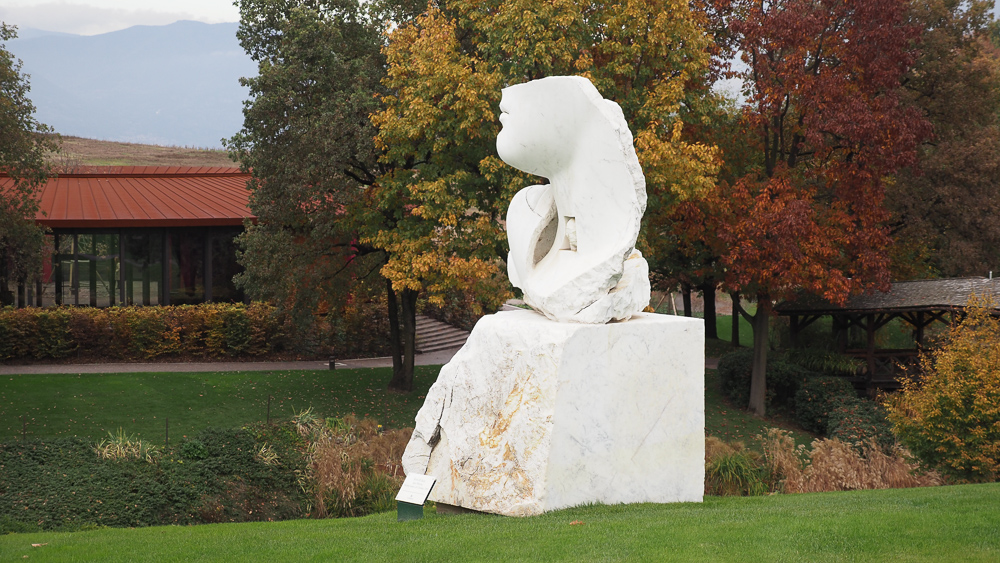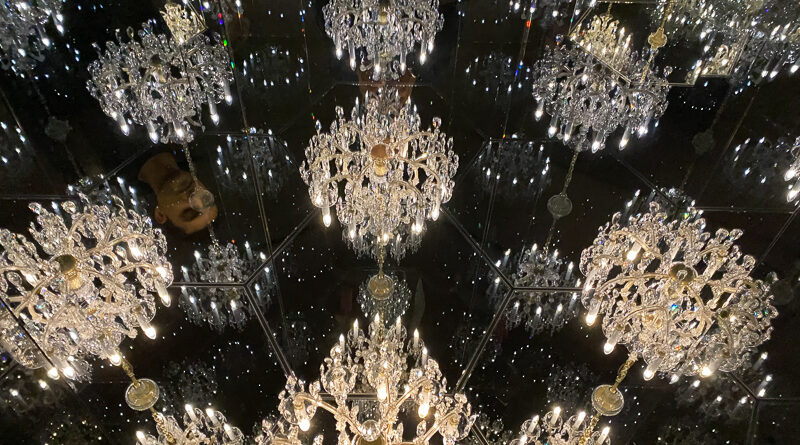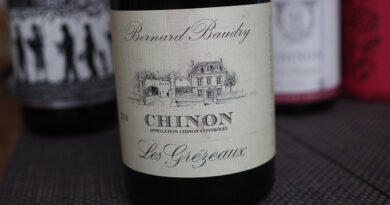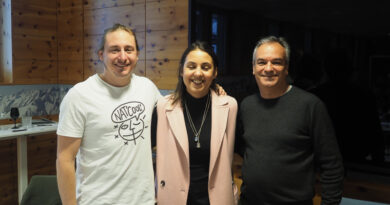Objectivity in wine tasting: an appeal to sculpture
Bernini’s sculpture Apollo and Daphne dates back to 1625, and is a striking work. Interestingly, Bernini intended it to be viewed from a particular angle, which would help the observer to get the story behind it immediately.
Originally, it was positioned so that anyone entering the room would see it that way. Later, the sculpture was moved and this artist intention would have been lost. For someone to really get the sculpture would require them to move round it. Any understanding of the sculpture therefore depends on the observer’s position in relation to it. This raises an interesting point, which I think illustrates my ideas of the objective nature of wine tasting.
Of course, we all bring a great deal to the wine tasting experience. You and I may sit together and taste the same wine, but I have a different set of olfactory receptors from you, and also we will differ in terms of our taste receptors, our salivary flow, and the various enzymes present in our mouths. Just as importantly, our experience of wine will be different, and we may also have different preferences that are independent of our biology. Our application to the task may differ: you might be more interesting in tasting the wine and interrogating its properties in an analytic way, while I’m more interested in just having a drink and pay cursory attention to what’s in my glass. Add into the mix the fact that each of us might be tasting slightly differently from day to day, and any attempt to find objectivity in this endeavour seems flawed.

But I would argue that there is objectivity in wine tasting, and to do make my case I want to appeal to sculpture.
Think of the flavour of the wine as a sculpture standing in a room. As we taste we enter the room. The fact we enter the room is an act of faith that we believe that this thing (the sculpture, representing the flavour of the wine) actually exists. It’s there, it’s real. Wine education, wine criticism, and the sort of tasting that takes place in the wine trade on a regular basis is practiced in such a way that it’s clear that everyone believes that the wines they taste have a ‘taste’. What I mean by this is that the behaviour of the entire wine world indicates that it is almost universally believed that the taste of wine is a property of the wine.
Neuroscientists correctly point out that our perception is an edited version of reality. It is something constructed by the brain. So, some argue, the taste of wine doesn’t exist outside the brain of a taster, and so is actually a property of the taster and not the wine. It is based upon the chemistry of the wine, but it is entirely subjective in nature.
I used to think this was true. After all, is the sea salty unless there is an organism that can sense sodium chloride and experience a salty taste as a result?
But consider the sculpture again. Yes, we may differ in how we perceive the sculpture: we may be standing in a different place, or we may be paying less or more attention, and we may or may not know the story referred to, or the intention of the sculptor. The fact that we may differ from others in our perception of the sculpture, or that our perception may change according to our perspective, doesn’t prevent this sculpture from being real.
It’s like this with the flavour of a wine. I pick up a glass, and I’m trying to get the wine. I’m effectively moving myself as I might in relation to the sculpture, trying to see it from different angles with each sip or sniff. I gradually build my impression of it, but I rarely completely ‘get’ it. You might do the same, and while I can’t say that your perception is exactly the same as mine, because I don’t have access to your brain, we are both trying to get the taste of the wine. So the taste is an objective property, which we then perceive subjectively.
Do biological differences not make tasting together a futile exercise? They don’t help, but I don’t they are as bad as are made out. Yes, we all have a different repertoire of olfactory receptors, but the way we smell isn’t by each of these detecting one molecule, and when we smell and taste wine we don’t break it down into its constituent odorants. Instead, there is pattern recognition, and we learn to smell different groupings of odorants together as specific ‘smells’. A certain pattern of co-occurring odorants creates coffee, another creates red wine, another creates cheese. Immediately we identify these ‘objects’. Then we can differentiate among different types of each category, but this is rarely through identifying individual molecules. It’s perhaps for this reason that our perceptions are likely to be closer than we might suspect.




